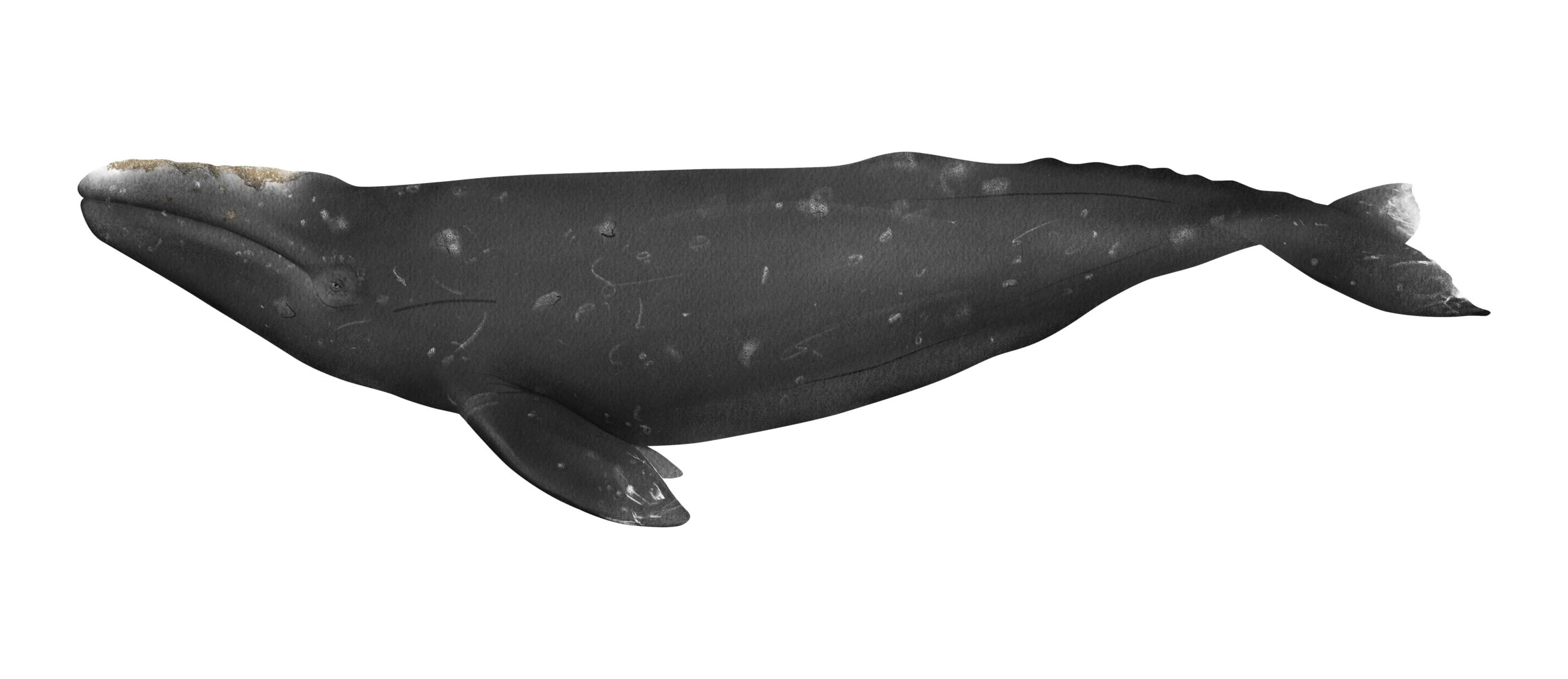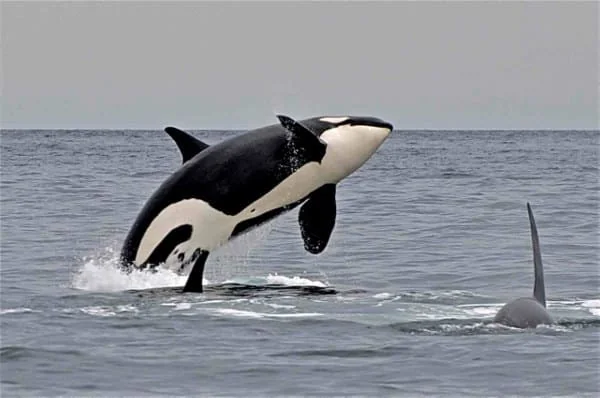Spring Gray Whale Watching & Deaths in Puget Sound, Washington
Each spring around 20,000 gray whales migrate north from Mexico along the Pacific coast of Washington. Perhaps 1% of these, around 200 gray whales will enter the inland waters of the Salish Sea and the San Juan Islands, treating kayaking trip participants to some amazing whale watching encounters. Only a dozen or so gray whales venture all the way into Puget Sound proper, mostly staying in the north sound where they will often feed for several days. Just a few errant gray whales venture into the south sound each year, and sadly, these strays frequently end up dead on the beach. There has been much speculation about these deaths. Some people are alarmed that it is the cause of toxic pollutants in the muddy bottoms that gray whales plough in search of invertebrate food. There seems to be no doubt that the gray whales in lower Puget Sound are getting exposed to higher concentrations of these toxins, but is it always the cause of death? And is there an abnormally high rate of death for gray whales throughout the Salish Sea? It’s true that about half of the gray whales entering lower Puget Sound die each year. But this means only 1 or 2 deaths per year, and that high rate of death is not observed in upper Puget Sound or elsewhere in the Salish Sea. Yes, a few more do die at other locations in the inland waters of Washington, an estimated 1% of the gray whales that enter the Salish Sea. When you consider the annual number of deaths for the entire gray whale population, this really isn’t an alarming number of deaths. Furthermore, the errant gray whales that enter lower Puget Sound often appear to be sickly or underweight when they arrive. Perhaps they are seeking sheltered waters to recuperate and simply don’t make it. This is not to downplay the threat of toxins in Puget Sound and the entire Salish Sea ecosystem. These pose grave dangers to our resident killer whales and many other creatures, especially those at the top of the food web, including us humans that are the root cause all this trouble. Puget Sound Whale Watching by Sea Kayak – San Juan Islands, Washington


